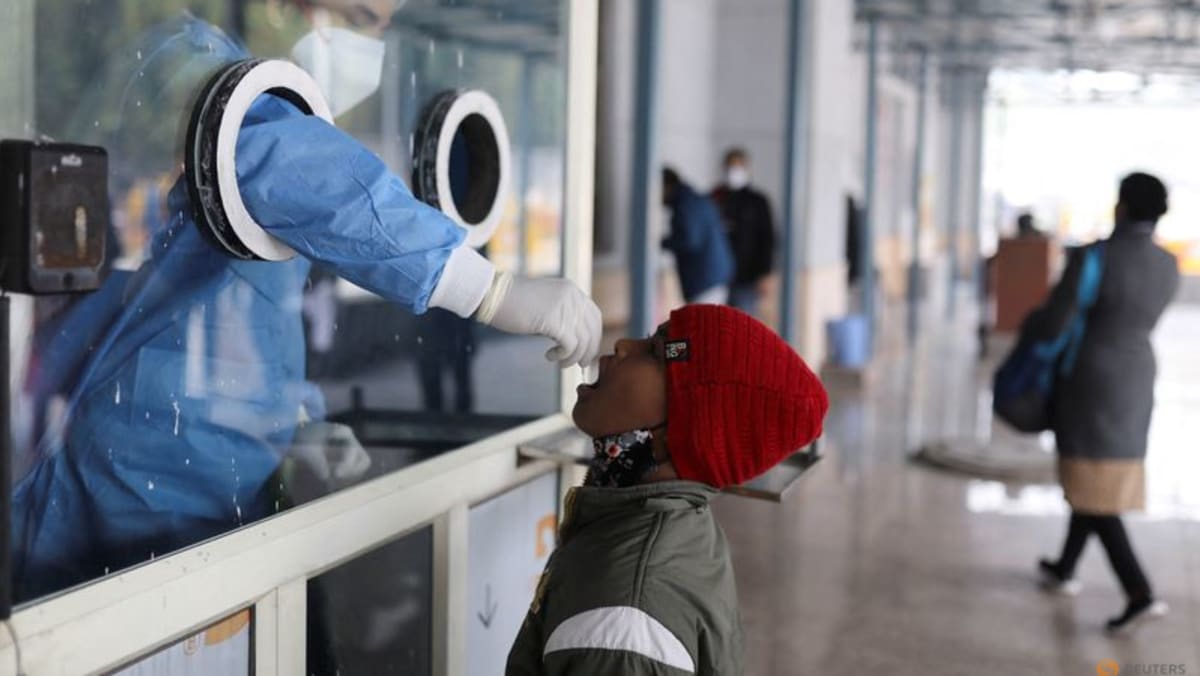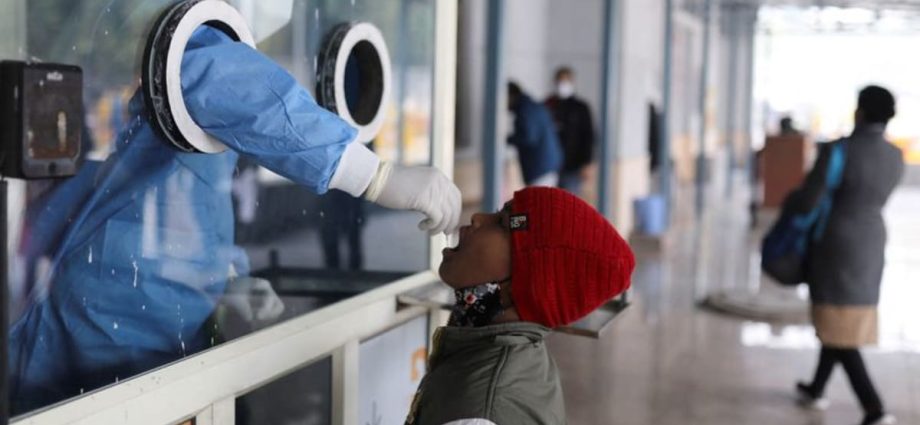
WHERE HAS IT BEEN FOUND?
The Arcturus subvariant has been detected in more than 20 other countries, including Singapore, India, Nepal, the United States, Australia and the United Kingdom.
Most of the cases are reported in Nepal and India, which saw a jump in the number of infections in recent weeks.
In Singapore, the Ministry of Health said the current wave of COVID-19 infections is driven by a mix of XBB subvariants, including XBB.1.5, XBB.1.9 and XBB.1.16.
However, it added that there is currently no evidence of increased severity in the cases.
In the final week of March, 28,410 COVID-19 cases were recorded in Singapore, almost double the previous week’s figure of 14,467.
WHAT ARE THE SYMPTOMS AND ARE VACCINES EFFECTIVE AGAINST IT?
According to New Delhi Television, those infected with the Arcturus variant can have symptoms such as sore throat, runny nose, fever, fatigue, cough, headaches, muscle pain and abdominal discomfort.
Many patients also reported itchy eyes and conjunctivitis, symptoms not seen in previous COVID-19 waves.
WHO said reports so far do not indicate a rise in hospitalisations, ICU admissions or deaths due to XBB.1.16.
Dr Rajendram Rajnarayanan, assistant dean of research and associate professor at the New York Institute of Technology, was quoted by Fortune as saying booster vaccines targeting the Omicron strains should offer “some protection if the dose is recent”.
However, he also noted that the virus has continued to evolve since the vaccines were released last year.
WHAT IS THE SITUATION IN INDIA?
On Thursday, India reported 10,158 new cases – a 30 per cent jump from the 7,830 cases reported the previous day – with surges in Maharashtra and Delhi, the country’s ABP news outlet said.
This brought the number of active cases to 44,998.
Health officials said the country’s COVID-19 situation is moving towards the endemic stage and that infections may keep rising for the next 10 to 12 days, following which they will subside.
Hospitalisations are low and expected to remain that way, despite the rise in cases, they added.
The Arcturus subvariant’s prevalence increased from 21.6 per cent in February to 35.8 per cent in March, but no incident of hospitalisation or death has been reported.
A nationwide mock drill to evaluate hospital preparedness was held earlier this week amid the increase in cases, with as many as 36,592 public and private facilities taking part.

